Rodent infestations from Norway and roof rats are common household issues. Effective control requires understanding their behaviors and early identification of signs like droppings, gnaw marks, and scurrying sounds. Non-toxic methods include repellents, traps, and planting herbs, while chemical solutions offer swift results with proper application. Professional Rodent Control services use advanced techniques to eliminate infestations and prevent reoccurrence through sealing entry points, sanitation, and integrated pest management. After extermination, maintaining cleanliness, regular inspections, and proper disposal of contaminated materials are crucial for health and safety.
“Rodents, especially rats, can quickly turn into a home or property owner’s worst nightmare. This comprehensive guide delves into effective rodent control strategies, empowering individuals to reclaim their spaces from these relentless intruders. From understanding common rat behavior and identifying subtle signs of their presence to exploring non-toxic deterrents and chemical solutions, we offer a thorough exploration of rodent control. Learn when professional help is necessary and discover long-term prevention methods, ensuring a safe and pest-free environment.”
Understanding Rodent Infestations: Common Types of Rats and Their Behavior
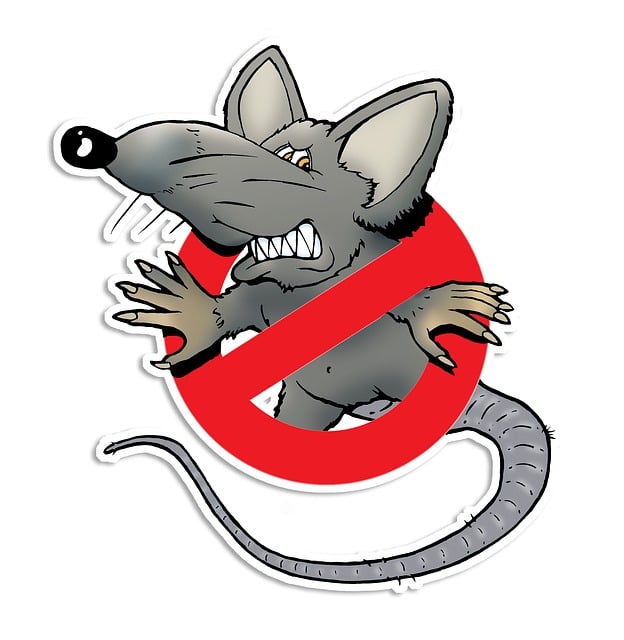
Rodent infestations are a common household problem, with rats being among the most persistent invaders. Understanding rat behavior is crucial for effective rodent control. Two primary species, the Norway rat (Rattus norvegicus) and the roof rat (Rattus rattus), are responsible for many urban infestations. These rodents are highly adaptable, capable of fitting through tiny openings, and they breed rapidly, leading to swift population growth if left unchecked.
Norway rats prefer to live near human settlements, often burrowing in soil around buildings, while roof rats typically inhabit upper levels of structures, navigating easily along rooftops and walls. Their behavioral patterns include scavenging for food at night, leaving behind droppings and urine as scent markers, and creating complex nest sites. Identifying these behaviors is key to implementing effective rodent control measures tailored to each species’ habits.
Identifying Signs of Rat Presence in Your Home or Property
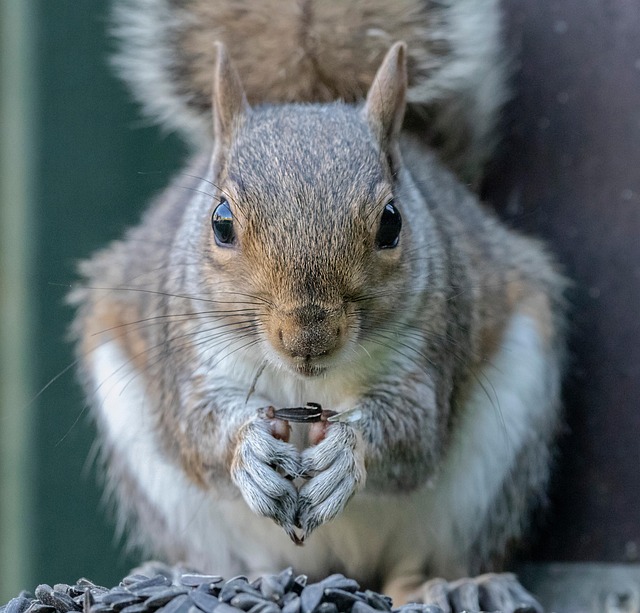
If you suspect a rat infestation, it’s crucial to identify signs early on for effective rodent control. Rats are adept at hiding and can quickly establish themselves in homes or properties if left undetected. Look out for visual cues like small droppings near walls, floors, or in dark corners. These droppings can vary in size but often resemble tiny grains of rice. Another telltale sign is gnaw marks on food packaging, electrical wires, or structural materials, as rats constantly chew to maintain their incisors.
Additionally, you might hear faint scurrying sounds from walls or floors and catch a whiff of a musty odor. Rats produce pheromones that can linger in the air, creating a distinct scent. If you notice any of these signs, prompt action is essential. Professional rodent control services can help identify entry points, set traps, and implement long-term solutions to keep rats at bay.
Non-Toxic Approaches for Rat Control: Humane Deterrents and Traps

Non-toxic approaches for rodent control are gaining popularity as humane alternatives to traditional methods. These strategies focus on deterring and trapping rats without causing them harm, making them ideal for homes, businesses, and areas where pet safety is a concern. One effective method is using natural repellents like peppermint oil or capsaicin spray, which rats find unappealing. Planting specific herbs and flowers known to repel rodents, such as lavender, mint, and marigolds, can also create a natural barrier.
Traps play another crucial role in non-toxic rodent control. Live traps, designed to capture rats without killing them, allow for humanely relocating the pests. These traps use triggers to ensnare rats, who are then safely released away from the treatment area. Similarly, glue traps can be used, but they must be checked frequently and disposed of properly to prevent animal suffering. These humane deterrents and traps offer effective rodent control while minimizing harm, making them preferred choices for many individuals seeking long-term solutions in Rodent Control.
Chemical Solutions for Effective Rat Extermination
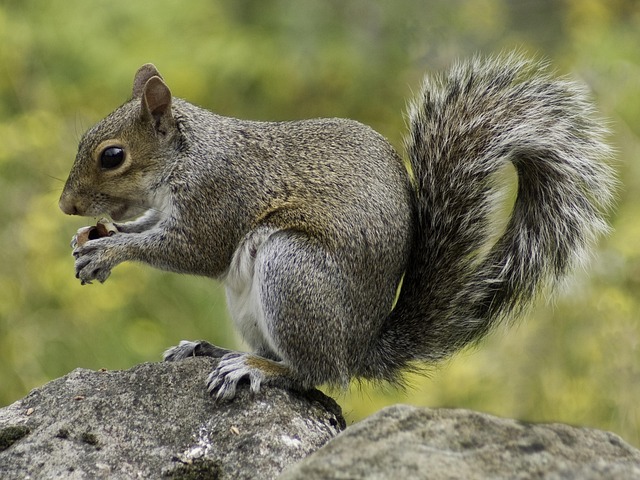
Chemical solutions play a pivotal role in effective rodent control, offering a swift and reliable method to rid areas of rat infestations. These substances are designed to disrupt and eliminate rat populations, with various options tailored to different environments and needs. From fast-acting poison baits to long-lasting repellents, chemical treatments provide a comprehensive approach to rodent management.
When employing these solutions, it’s crucial to consider the safety of both inhabitants and pets. Professional applicators adhere to strict protocols, ensuring targeted treatment while minimizing exposure risks. Targeted application and proper disposal are key to preventing environmental contamination and maintaining a safe living space.
Professional Rodent Control Services: When to Call the Experts
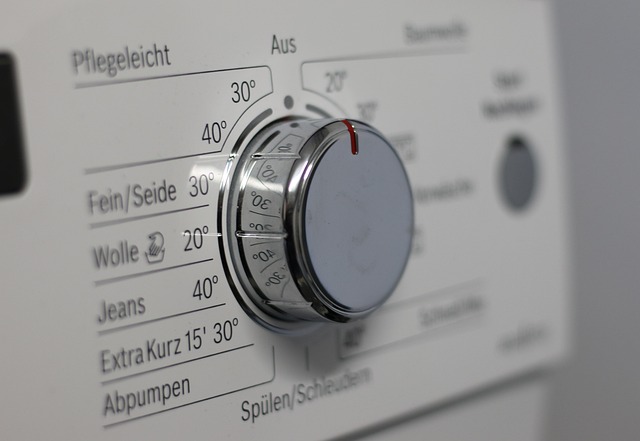
Dealing with a rodent infestation can be stressful and unsanitary, especially for those without experience in rodent control. This is when professional rodent control services step in as a game-changer. Experts in this field possess the knowledge and tools to identify entry points, locate nests, and humanely eliminate rodents while preventing future invasions.
Calling in professionals is particularly crucial when the infestation is extensive or persistent. These services offer advanced techniques like baiting, trapping, and sealing entry points, ensuring a thorough and long-lasting solution. Moreover, they can provide ongoing maintenance plans to safeguard your space from future rodent intrusions, offering peace of mind and a clean, pest-free environment.
Preventing Future Infestations: Long-term Rat Control Strategies
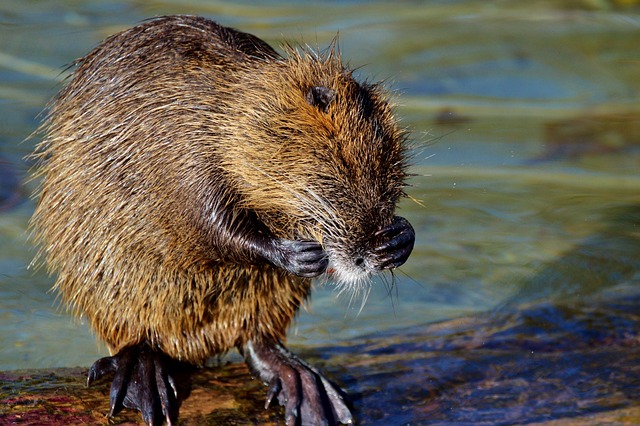
To prevent future rodent infestations, implementing long-term rodent control strategies is essential for effective rat extermination and beyond. Start by sealing all entry points into your home or building, including gaps in walls, floors, and ceilings. Regularly inspect and maintain trash and recycling bins, ensuring they are tightly sealed to reduce attractants. Keep your surroundings clean and free of clutter, as rodents are drawn to hidden spaces and food sources. Implement a year-round sanitation program by promptly cleaning up spills, storing food in airtight containers, and regularly removing potential water sources.
Additionally, consider using professional pest control services for ongoing rodent control. They can implement integrated pest management (IPM) strategies that combine various methods, such as traps, repellents, and habitat modification, to disrupt the rat life cycle. Regular inspections and maintenance are key; schedule periodic assessments to identify potential entry points or signs of activity, allowing for prompt action to prevent reinfestation.
Health and Safety Considerations After Rat Extermination
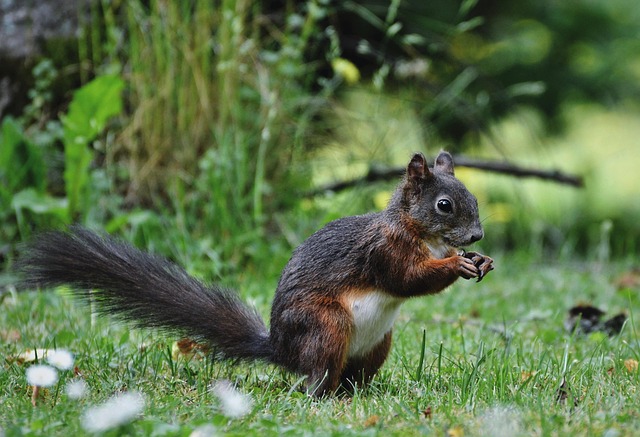
After successful rat extermination, ensuring health and safety is paramount. Rats can carry a range of diseases and parasites that pose significant risks to humans, so it’s crucial to take precautions when dealing with their remains. Professional exterminators often use methods that minimize direct contact with rodent materials, such as sealed trap contents and protective gear. Even after the immediate threat is gone, maintaining Rodent Control involves keeping your environment clean and sealed to prevent future infestations. Regular inspections can help identify any signs of new rat activity early on.
When cleaning areas where rats were present, it’s recommended to use personal protective equipment (PPE), including gloves and a mask, to avoid breathing in any harmful substances or disease-carrying parasites. Properly dispose of all materials that came into contact with the rodents to prevent the spread of potential illnesses. Remember, while rat extermination is essential for maintaining a healthy living space, it’s equally vital to follow up with thorough cleaning and ongoing prevention strategies to ensure a rodent-free environment.
